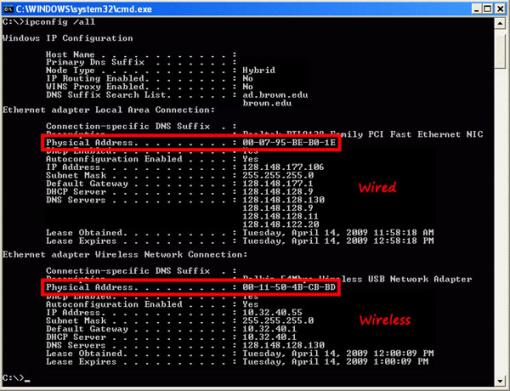


Wireless Mesh Network: A type of topology where the wireless access points connect to each.Specific labels may be added to this depending on its function: Primary, Remote, Root, Subordinate, Access Point (AP): A device in a network that is used to allow users to connect to the Network.Allows a device to have multiple points of access as movement occurs or if an AP should fail. Need to avoid cross-coverage of access points to avoid unnecessary installations.īenefits from having multiple nodes for a device to use. None of these configurations are necessary. Wireless range extenders, wireless bridging, and single-point setup are used in traditional networks. This opens up space for other necessary wired connections. The nodes connect wirelessly to each other. Some of the subordinate APs do not need to be wired to the network. The Primary access point and the Primary Capable AP (if applicable) needs to be wired. Traditional wireless network access relies on plugging access points and routers into a wired network. The difference lies mainly in its configuration, but that difference provides several noticeable benefits. What is the difference between a traditional wireless network and a mesh network?Ī wireless mesh infrastructure uses the same resources as a typical wireless network. This also applies to wireless networks, as a wireless signal can take multiple routes to reach its destination. This means that if one network node fails, data moving across a network will have another path it can use. Mesh networks, by design, create multiple routes between its nodes. perform routing by first deriving the topology of the network. Intermediate nodes not only boost the signal but cooperatively pass data from point A to point B by making forwarding decisions based on their knowledge of the network, i.e.
#Difference between wired and wireless mac address series#
Mesh infrastructure carries data over large distances by splitting the distance into a series of short hops. When one node can no longer operate, the rest of the nodes can still communicate with each other, directly or through one or more intermediate nodes. They don't create a separate network, so wherever you go in your house/office, WAPs are available for connection.Ī mesh network is reliable and offers redundancy. Mesh Wi-Fi networks have some advantages over traditional wireless networks. What are the benefits of using a wireless mesh network? However, it is configured differently, using equipment that is mesh capable. A wireless mesh infrastructure uses the same resources as a traditional wireless network. The access points work together to create a strong and successful network. These networks work dynamically to adjust the needs and maintain connectivity for all users. Mesh is a type of topology where the wireless access points connect to each other to relay information. Mesh Networking information What is a wireless mesh network? If you would like to learn about the basics of Mesh Networking, check out Cisco Business: Welcome to Wireless Mesh Networking. The new Cisco Business Wireless access points have the ability to be configured for a traditional wireless or a wireless Mesh Network. These access points support the latest 802.11ac Wave 2 standard for higher performance, greater access, and higher-density networks. The new Cisco Business Wireless access points are 802.11 a/b/g/n/ac (Wave 2) based, with internal antennas. Not all features in the Web user interface will be available in the App.Īndroid App What is the difference between previous Cisco Business Wireless products and these new models? These devices have companion apps that share some management features with the web user interface. Navigate to the menu on the left-hand side of the screen, if you don’t see the menu button, click If you have questions about a field in the user interface, check for a tool tip that looks like theįollowing: Trouble locating the Expand Main Menu icon? Enter yourĬredentials.You can also access the Primary AP by entering (of the Primary AP) into a web You may receive a warning before proceeding. Log into the Web User Interface (UI) of the Primary AP.

This toggled section highlights tips for beginners. If you are unfamiliar with terms in this document, check out Cisco Business: Glossary of New Terms. Topics covered include information on mesh networks, Primary APs, Mesh Extenders, compatibility, and management. The objective of this article is to answer some of the questions you might have on Cisco Business Wireless Networking.


 0 kommentar(er)
0 kommentar(er)
